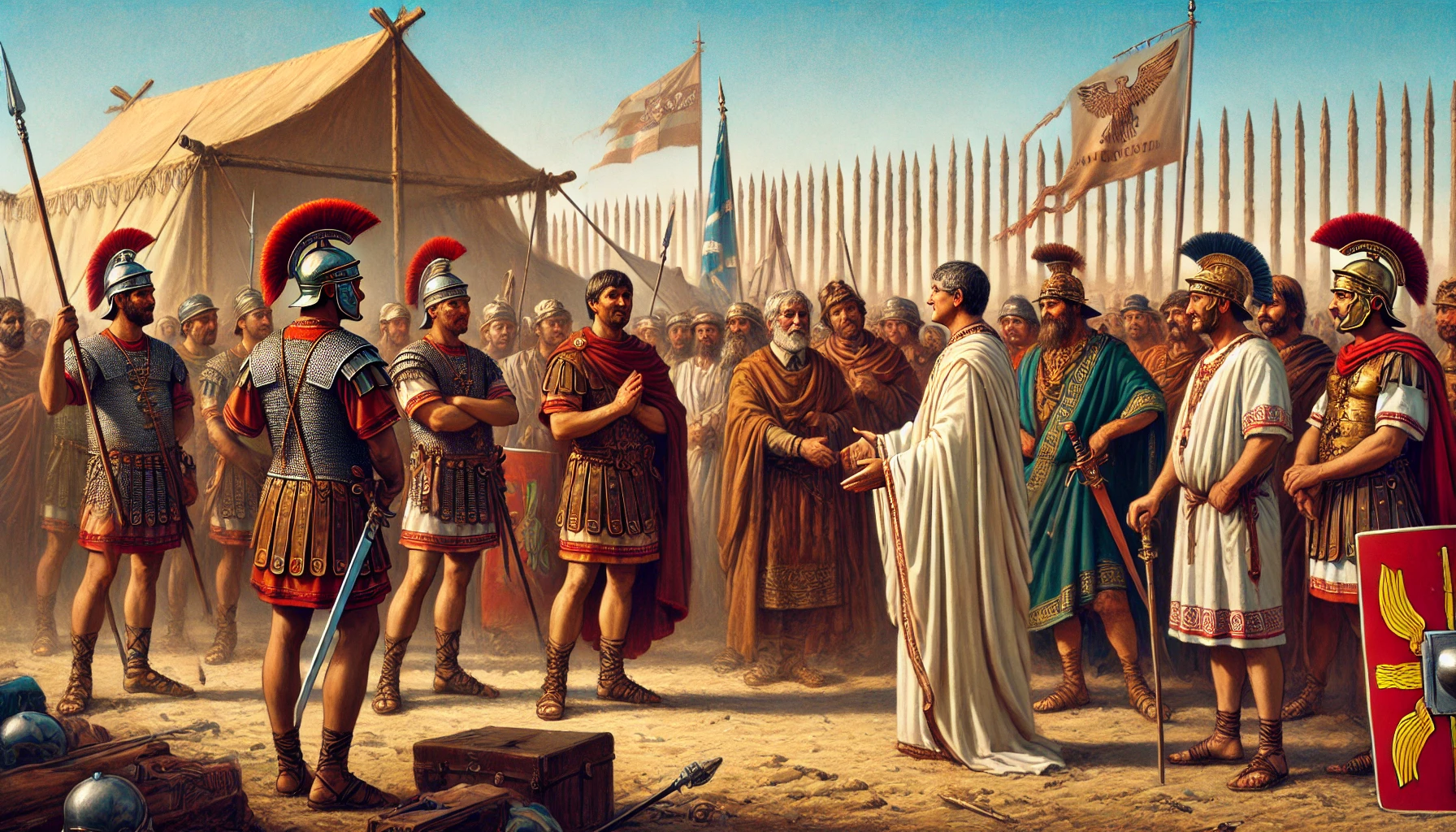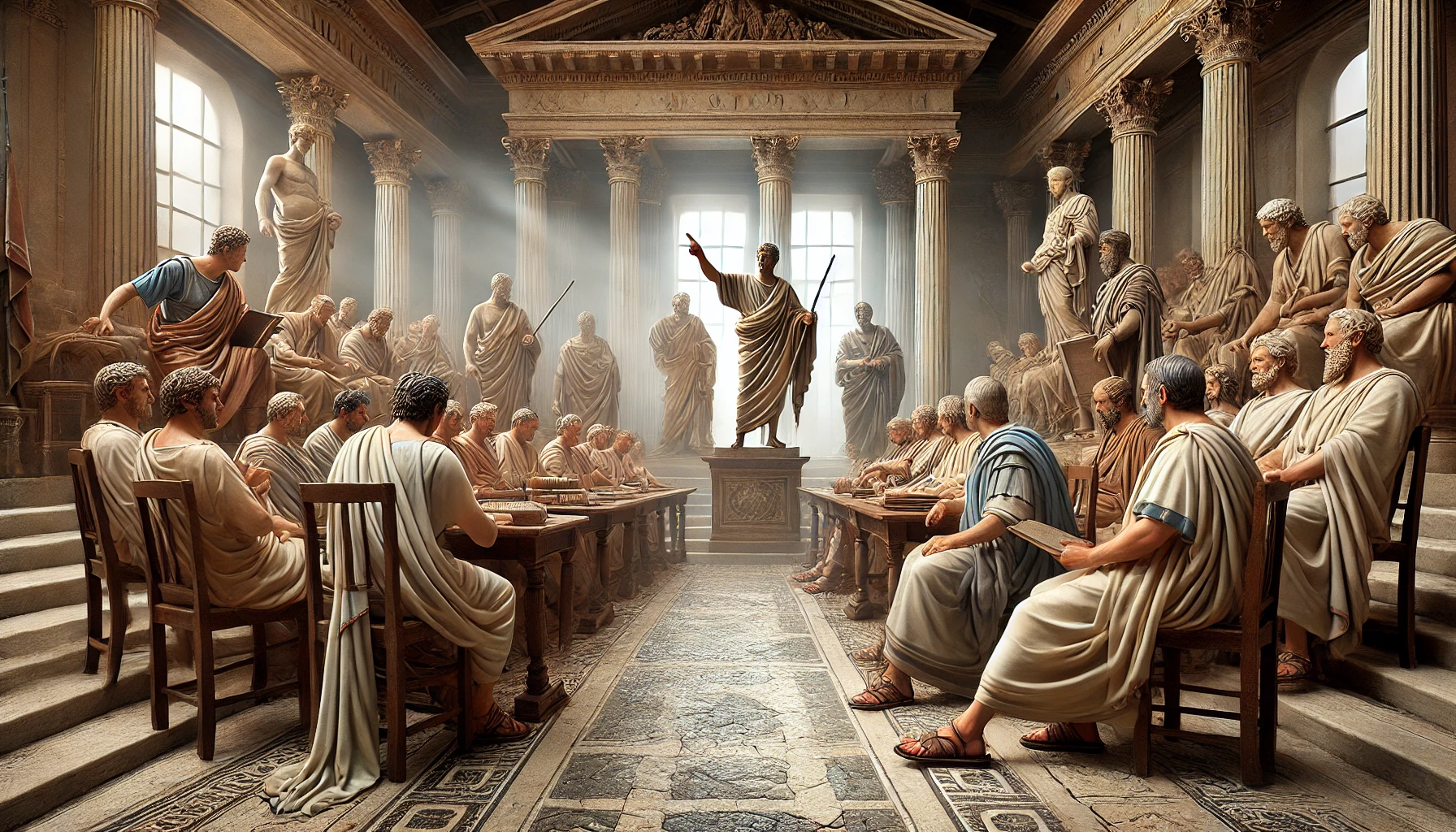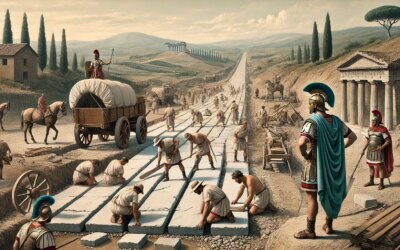Forging an Alliance
In the early days of the Roman Republic, survival was a precarious endeavor. The fledgling state faced not only internal strife but also the constant threat of neighboring tribes and foreign powers. The formation of the Latin League, a coalition of Latin-speaking communities, marked a critical moment in Rome’s efforts to secure its position on the Italian peninsula.
Though not as well known as Rome’s later triumphs, this alliance was a cornerstone upon which the Republic built its early strength. It set the stage for what would become the Roman Republic’s unparalleled dominance in the ancient world.
Rome’s Vulnerability
Rome’s transition from monarchy to republic left it politically fractured and militarily vulnerable. Without a centralized monarchy to command the allegiance of all citizens, Rome had to rely on the goodwill and cooperation of its neighbors. Yet, those neighbors—other Latin cities like Lavinium, Alba Longa, and Tusculum—were no strangers to rivalry and conflict.
By the late 6th century BCE, incursions from non-Latin tribes, including the Etruscans and the Sabines, created a pressing need for unity among the Latin peoples. Alone, no single Latin city had the manpower or resources to resist these external pressures. Together, however, they stood a fighting chance. This realization ultimately led to the establishment of a formal pact, bringing Rome into a cooperative framework that would secure the region’s stability.
The Latin League Agreement
Although the exact terms of the Latin League treaty remain somewhat ambiguous, ancient sources provide key insights. The pact was not merely a defensive arrangement but also a mutual recognition of each member city’s rights and responsibilities. Rome and its Latin allies agreed to share spoils of war, maintain common military obligations, and respect each other’s territorial integrity. Perhaps most significantly, it established a framework for unified action against foreign aggressors.
Initially, Rome was just one among equals in the League. It was neither the dominant power nor the leader. The early alliance was based on parity, with all members having an equal say. Over time, however, Rome’s growing military successes and increasing wealth gradually shifted the balance of power in its favor. By the mid-5th century BCE, Rome’s influence within the League began to overshadow that of its partners.
Rome’s Ascendancy
The Latin League did not remain static. While it served as a mutual defense mechanism, it also became a stepping stone for Roman expansion. Rome used the alliance to learn from its partners, adopt new military techniques, and refine its political institutions. It also established a network of allies that would later prove essential during more challenging conflicts, such as the wars against the Aequi, Volsci, and even the Etruscans.
Rome’s steady consolidation of power was not without resistance. Some Latin cities resisted Rome’s increasing dominance, leading to intermittent internal conflicts. Nevertheless, the structure of the League provided Rome with a platform to negotiate, appease, and ultimately incorporate these cities into its growing sphere of influence. Over time, the Latin League evolved into something less like an alliance of equals and more like a hierarchical network under Rome’s control.
The Turning Point: The Latin War
By the late 4th century BCE, tensions within the League reached a breaking point. Many Latin cities chafed under what they perceived as Roman hegemony. This culminated in the Latin War (340–338 BCE), a conflict that would redefine the League’s role and Rome’s status. Following Rome’s decisive victory, the League was dissolved, and its member cities were either absorbed into the Roman state or transformed into subordinate allies.
This marked a fundamental shift in Roman policy. No longer would Rome rely on a loose coalition of equals. Instead, it began establishing direct control over its neighbors through a system of colonies, alliances, and eventual incorporation into the Roman Republic. The end of the Latin League thus paved the way for Rome’s transformation into a regional superpower.
Legacy of the Pact
The Latin League is often overshadowed by the more dramatic episodes of Roman history—conquests, civil wars, and imperial grandeur. Yet, its formation and eventual dissolution were vital steps in Rome’s early development. It was the Latin League that allowed Rome to weather the storms of its infancy and provided a model for future alliances and integrations.
Rome’s eventual dominance in the Mediterranean did not emerge in isolation. It was built on centuries of careful diplomacy, strategic partnerships, and gradual expansion. The Latin League exemplifies this process. It was not just a military pact; it was a crucible in which the Roman Republic learned to navigate the complexities of alliance-building, territorial governance, and cultural integration.
A Foundation for Greatness
In hindsight, the Latin League was not merely a historical footnote but a foundational element of Roman greatness. It provided the young Republic with the security and stability it needed to survive and grow. It taught Rome the value of collaboration and the importance of a structured approach to governance. Ultimately, the League helped to lay the groundwork for Rome’s future empire, proving that even the mightiest of civilizations start with small, strategic steps.






